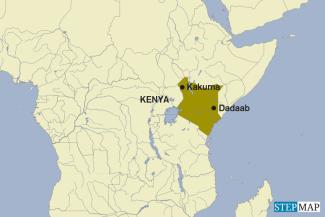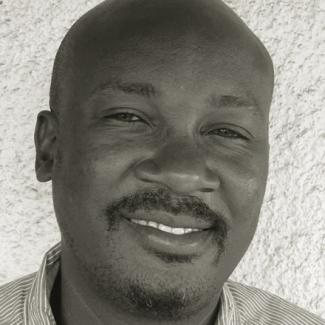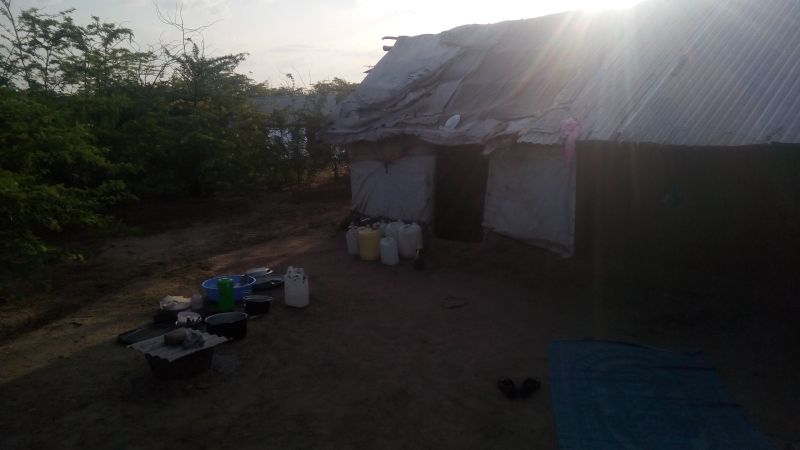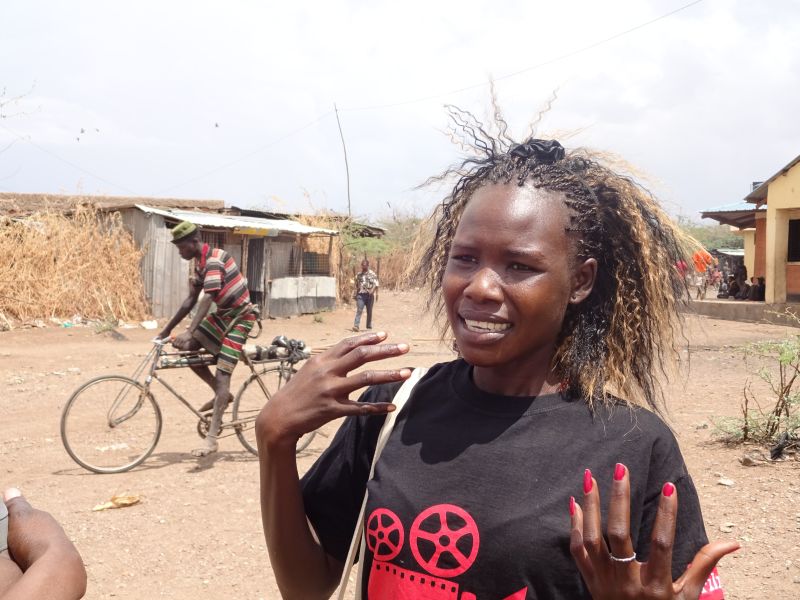Refugees
Eviction notice

Aside from the security concerns, Kenya says refugee camps should not be long-term residences in the first place. “A camp is not a permanent thing,” says Raychelle Omamo, Kenya’s Cabinet Secretary for Foreign Affairs. “It is a place of limbo. No one should live in a place of uncertainty or indignity generation after generation.”
She adds that the government is working on ways to close the camps cooperatively and in compliance with the Global Compact on Refugees. Current plans call for returning some refugees to their countries of origin. Others will be sent to third countries. Citizens of East African Community (EAC) countries will be given work permits and offered the option to stay in Kenya and integrate into Kenyan society.
Refugees living in the two camps, however, reacted with alarm. Some fear returning to their countries of origin, as the problems that caused them to flee still exist. Others say their camp is their only home; indeed, the camps house generations of refugees.
Backed by rights groups, these refugees are asking the government to reconsider. “I was born here; I know no other home,” says Hassan Mohamed, a Somali refugee living in Dadaab. “I have never been to Somalia; I don’t even know what the country looks like. Telling me to go there is like a punishment.”
“If you send me back to South Sudan, what I’m I going to do there?” asks a Kakuma Camp resident who asked to be identified as Deng Bol Deng. “I do not know anyone there. I came to Kakuma in 1996 when I was two years old. This camp has raised me. I got an education here that I would not have gotten in my home country. It gave me a chance in life.”
He adds, “maybe the government and the UN should consider taking us to a third country, as our home country still faces a threat of war. If I got a work permit in Kenya it might not be useful, as even people in the host community of Kakuma struggle to get jobs.”
The Kakuma camp, located in North West Kenya, was established in 1992 and is home to over 200,000 refugees, mostly from South Sudan. Other countries of origin include Sudan, Eritrea, Rwanda, Burundi and Uganda. The Dadaab camp was established in 1991 near Kenya’s border with Somalia. It houses over 200,000 refugees, most of them Somalis.
The current order is the government’s latest attempt to close the Dabaab camp. An earlier try was made in 2013, when Kenya’s parliament called the camp a training ground for suspected Al-Shabaab militants. This group – a terrorist, jihadist fundamentalist group based in East Africa – carried out the 2013 Westgate Mall terrorist attack in Nairobi. Other terror attacks in Kenya, including the 2015 Garissa University and the 2019 DusitD2 Hotel attacks, were also linked to Al-Shabaab.
Kenya tried again in 2016 to close the camps and repatriate refugees. Fred Matiangi, Cabinet Secretary for the Ministry of Interior, says this time the government is serious about closing the camps.
Isaac Sagala is a journalist and media trainer. He lives in Nairobi.
bwanasagala@gmail.com
Normal 0 21 false false false EN-US X-NONE X-NONE /* Style Definitions */ table.MsoNormalTable {mso-style-name:"Normale Tabelle"; mso-tstyle-rowband-size:0; mso-tstyle-colband-size:0; mso-style-noshow:yes; mso-style-priority:99; mso-style-parent:""; mso-padding-alt:0cm 5.4pt 0cm 5.4pt; mso-para-margin-top:0cm; mso-para-margin-right:0cm; mso-para-margin-bottom:8.0pt; mso-para-margin-left:0cm; line-height:107%; mso-pagination:widow-orphan; font-size:11.0pt; font-family:"Calibri",sans-serif; mso-ascii-font-family:Calibri; mso-ascii-theme-font:minor-latin; mso-hansi-font-family:Calibri; mso-hansi-theme-font:minor-latin; mso-bidi-font-family:"Times New Roman"; mso-bidi-theme-font:minor-bidi; mso-ansi-language:EN-US; mso-fareast-language:EN-US;}










